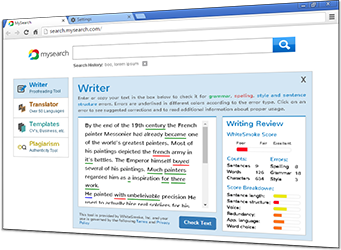Teaching English to Native Speakers
Teaching English to native speakers often ends up being a list of don’ts. Don’t end sentences with prepositions. Don’t split infinitives. Do not use contractions. In a world where “tnx 4 ur help” has become an acceptable way to say “Thank you” and “txt spk” is becoming more popular, it’s difficult to get students to care about split infinitives. Dennis Baron wrote on the Oxford University Press Blog that it’s time for a change. Professor Baron teaches prospective English teachers, and he believes that English teachers need to move on from dry rules and regulations and understand that English is an evolving, dynamic language.
Professor Baron explained that a more simplistic model of English allows teachers an objective scale for grading students. Although teachers are taught that English should be viewed as complex and shifting, when they get to the classroom they act as though the rules of English haven’t changed since Shakespeare because it is easier that way. The standards for English in a classroom are not, however, the standards for real life. While most students can repeat the rules they learned in school, they do not speak or write that way in actuality. Baron wants people to realize that there are very few instances of right and wrong in English, but there are still certain principals to which we should adhere.
Written communication is often our first encounter with new people, so even though English is dynamic, poor spelling or grammar can reflect negatively on a person. It is important to proofread and make sure that there are no embarrassing errors in your writing. It may even be worth investing in a grammar-checking tool such as WhiteSmoke to ensure that your emails and other written texts are perfect before you send them out.



